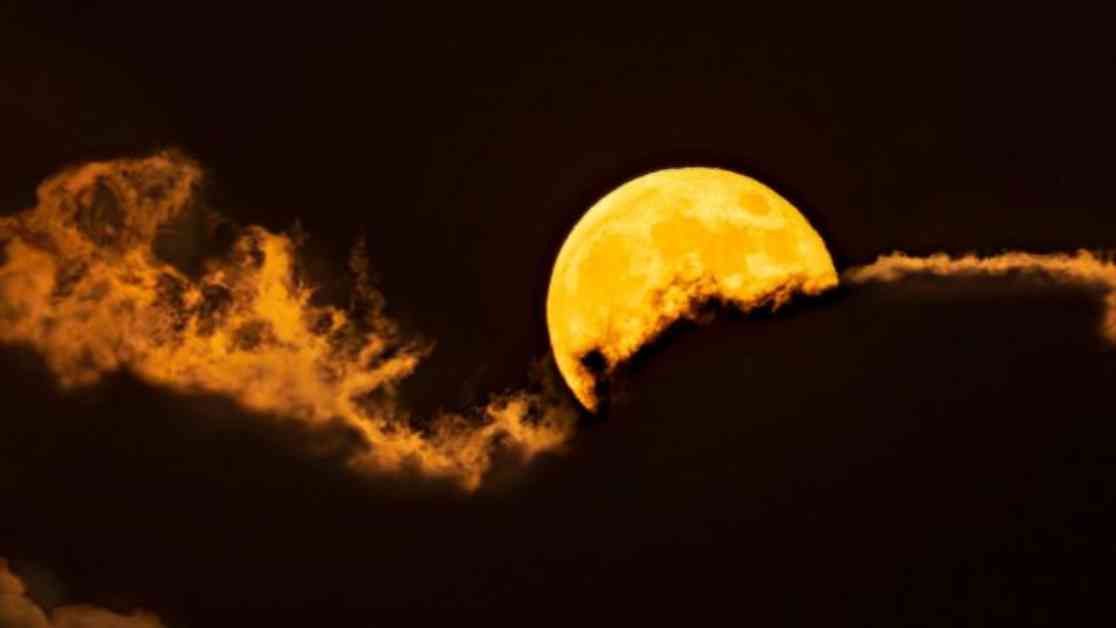San Diego residents were in for a special treat this week as they witnessed a spectacular sight in the night sky. The supermoon, the brightest lunar event, graced the Northern Hemisphere with its presence, casting a magical glow over the city.
The supermoon officially reached its full phase on Thursday morning at 4:26 a.m. Just the day before, on Wednesday at 5:48 p.m., the moon made its closest approach to Earth, coming within approximately 221,938 miles. This phenomenon, known as perigee, occurs when the full moon coincides with its closest point to our planet, creating what is known as a “supermoon.”
Referred to as the Hunter’s Moon, this supermoon is the third in a series of four consecutive supermoons and is said to be the brightest by experts at NASA. This celestial event was not the only one captivating the attention of skywatchers this week in San Diego.
In addition to the supermoon, another celestial visitor made an appearance in the night sky to the delight of stargazers. The comet Tsuchinshan-ATLAS, also known as Choo-cheen-shahn, was spotted earlier in the week in San Diego County and continues its journey across the skies of the Northern Hemisphere. NASA reports that the comet may be visible to the naked eye for several weeks in October, with the best viewing opportunities from now until October 26. Experts predict that this comet will not be visible again for another 80,000 years, making this a once-in-a-lifetime event.
As skywatchers in San Diego marvel at the supermoon and the rare appearance of the comet, they can look forward to one more lunar event before the year ends. The last supermoon of 2019 is expected to occur on Friday, November 15 at approximately 1:29 p.m., according to NASA. This final supermoon will be a stunning conclusion to a year filled with celestial wonders for residents of San Diego and the Northern Hemisphere as a whole.

Supermoon Photos: Brightest Lunar Event in San Diego County
323

